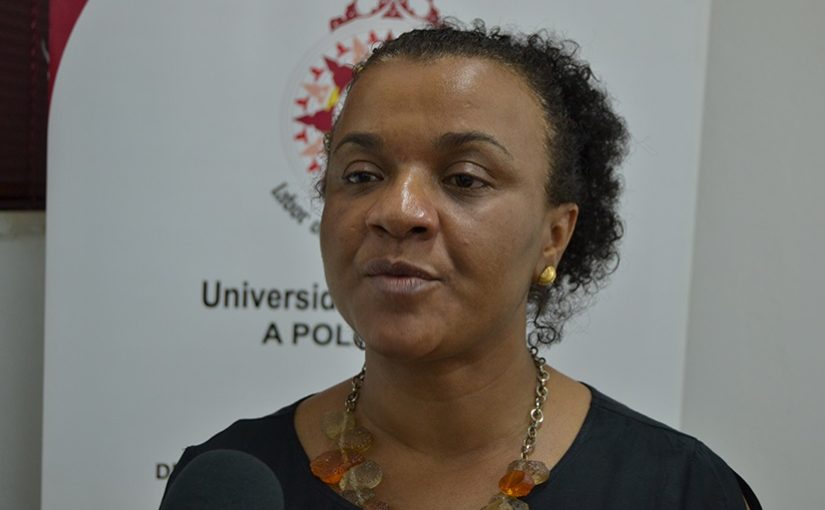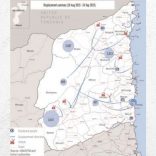Mozambique: Fear of organ trafficking hinders a young man's dream of living without fear of the sun
‘A diploma from an unknown foreign university is given more value than one from a Mozambican university’

Photo: A Verdade
The Pro-Rector for Graduate Studies, Scientific Research, University Extension and Cooperation of the Polytechnic University, Rosânia da Silva, asks why it that, in discussions about the quality of Mozambican higher education, the failures and deficiencies of the system are given more weight than its successes.
Da Silva says that exemplars of this trend ignore the fact that a large number of scholars and staff members who are now competently managing public and private institutions in the country have been trained at national universities.
She admits that there are flaws and deficiencies in Mozambican higher education but says they are due to imbalances between institutions.
“The imbalances and the gaps between higher education institutions in Mozambique prompt an analysis that magnifies the failures and not the successes of the system,” she explained during a speech she gave recently in Tete at the opening of the University Higher Institute of Tete (ISUTE) academic year.
“A foreign diploma is still given more value than one issued by a Mozambican institution, even if issued by an unknown university without any prestige in its own country,” she said.
Flaws and weaknesses pointed out concern poor approval rates, absence of lack of teachers and poor teaching, among other factors. In this regard, Silva proposed a need for models and quality parameters more consistent with realities in the country.
“When analysing a university in a developing country such as Mozambique, to search for models and parameters in European universities or large and traditional knowledge centres, we are looking for external models in which we seek to fit in. The definition of quality indicators in higher education should be related to the various players in the process, namely students, teachers, managers and the labour market.”
“Mozambique has come a long way since national independence, when there was a single public university with a small number of students. We now have 52 higher education institutions and about 175,000 students. This is a quantitative indicator, but we cannot even think about qualitative indicators if we do not have an increasing number of students with access to education,” she concluded.












Leave a Reply
Be the First to Comment!
You must be logged in to post a comment.
You must be logged in to post a comment.